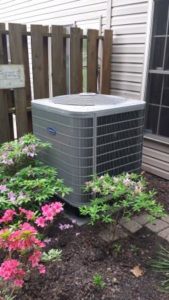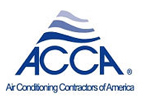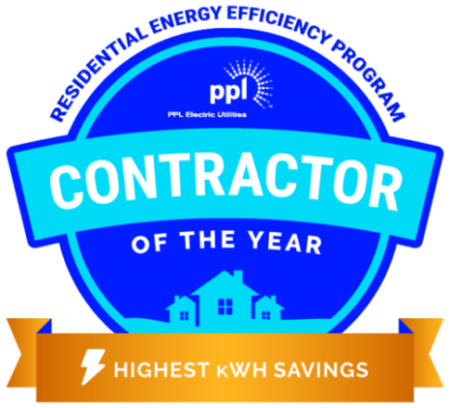Why HVAC Installation is Critical
The heating or cooling equipment is undoubtedly the largest determining factor of how efficient your home will be at keeping you comfortable. The quality of the installation will greatly improve the equipment’s full potential. Our experienced technicians know how to avoid:
Proper sizing of the equipment: Oversized equipment uses more energy. It will cycle on and off more frequently resulting in more maintenance problems and a shorter equipment life. For air conditioning applications this oversized equipment will make the homeowner feel cold and clammy in the summer months. * Average energy lost 5 to 10 percent
- Sufficient airflow: Poor airflow will result in shorter equipment life due to additional strain on the system, a decrease in comfort, and lower indoor air quality. * Average energy lost 3 to 10 percent
- Ductwork: Leaks in ductwork not only will lose hot or cold air being supplied, they will also bring in unfiltered and unconditioned air from attics, basements, and crawl spaces. Proper sealing and insulation of ductwork will reduce the potential for thermal loss. * Average energy lost 15% (some studies have shown losses of up to 35%)
- Refrigerant Charge: Proper refrigerant charge is essential for air conditioners and heat pumps to operate efficiently and dehumidify, about 40% of systems have an improper charge. This can increase electric bills by 20% and again reduce equipment life. * Average energy lost 4%
Zimmerman Plumbing, Heating, and Air Conditioning takes great pride in our installation of new and replacement HVAC equipment. We adhere by the Air Conditioning Contractors of America (ACCA) guidelines and go a step further by performing our own inspection to ensure the system is running at its peak efficiency. Furthermore, our technicians are continuously trained and certified to ensure the most current practices and procedures are being met. Check out our services page or contact us directly to learn about some of the ways that we can improve on your current system.
* Any numbers represented in this article are estimates, every home and system is different which is why our approach is directed to the whole home in order to best address the homeowners’ needs.
Information based on Energy Star research as well as studies from North Carolina Energy Corporation, Texas A&M University, and American Council for an Energy Efficient Economy.

 Proper sizing of the equipment: Oversized equipment uses more energy. It will cycle on and off more frequently resulting in more maintenance problems and a shorter equipment life. For air conditioning applications this oversized equipment will make the homeowner feel cold and clammy in the summer months. * Average energy lost 5 to 10 percent
Proper sizing of the equipment: Oversized equipment uses more energy. It will cycle on and off more frequently resulting in more maintenance problems and a shorter equipment life. For air conditioning applications this oversized equipment will make the homeowner feel cold and clammy in the summer months. * Average energy lost 5 to 10 percent







